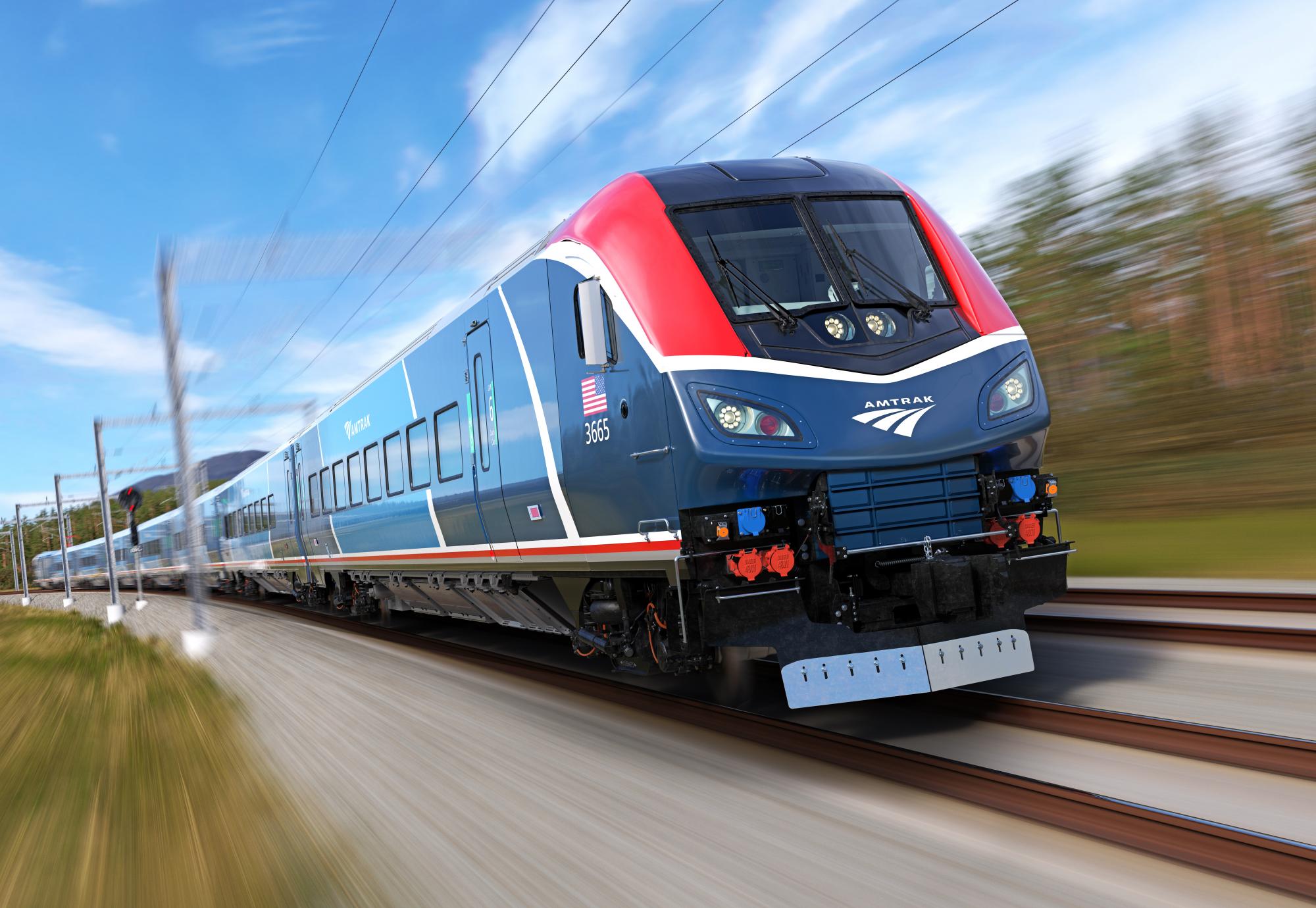The rail industry in the United States plays a pivotal role in the nation’s transportation infrastructure, providing crucial links for freight and passenger travel. As the industry evolves, recent developments, technological advancements, and regulatory changes are reshaping the landscape of U.S. railroads. This article explores the latest news and trends in the U.S. train industry, highlighting key updates, challenges, and future directions.
1. Recent Developments and Key Updates
Infrastructure Investments: The U.S. rail industry is seeing significant investments aimed at modernizing infrastructure. Recent funding from federal initiatives, such as the Infrastructure Investment and Jobs Act, has been allocated to upgrade tracks, bridges, and stations. These improvements are designed to enhance safety, increase capacity, and support the efficient movement of goods and passengers.
Expansion of High-Speed Rail: High-speed rail projects are gaining momentum across the country. Notable initiatives include the California High-Speed Rail, which aims to connect major cities in California, and the proposed Texas Central Railway, which would link Dallas and Houston. These projects promise to revolutionize travel by reducing transit times and providing a more sustainable transportation option.
Advancements in Freight Technology: The freight rail sector is embracing technological advancements to improve efficiency and safety. Innovations such as automated alnewsbreak.com operations, advanced signaling systems, and predictive maintenance technologies are being implemented to streamline operations and reduce delays. These technologies help optimize rail freight performance and address challenges related to capacity and reliability.
2. Emerging Trends in the U.S. Rail Industry
Electrification Efforts: Electrification of rail lines is becoming a focus for both passenger and freight services. Electrifying rail systems can reduce greenhouse gas emissions and provide a more sustainable alternative to diesel-powered trains. Efforts are underway to explore and implement electrification in various regions, with potential benefits including improved energy efficiency and lower operating costs.
Sustainability Initiatives: Sustainability is a growing priority for the rail industry. In addition to electrification, the industry is exploring ways to reduce its environmental footprint through alternative fuels, energy-efficient technologies, and green building practices. These initiatives align with broader goals of reducing carbon emissions and promoting environmental stewardship.
Integration with Other Modes of Transport: There is a growing emphasis on integrating rail transport with other modes of transportation, such as buses, cars, and bicycles. Multimodal transportation hubs and improved connectivity between rail services and other transit options are being developed to enhance the overall travel experience and provide seamless connections for passengers.
Passenger Rail Improvements: Efforts to improve passenger rail services are gaining traction. Upgrades to existing routes, enhanced customer amenities, and the introduction of new services aim to attract more passengers to rail travel. Projects such as the Amtrak modernization plan are focused on enhancing service quality and expanding routes to better serve communities.
3. Challenges Facing the U.S. Rail Industry
Funding and Budget Constraints: Despite recent investments, the rail industry faces ongoing challenges related to funding and budget constraints. Securing adequate financial resources for infrastructure projects and maintenance is essential for ensuring the long-term viability and safety of the rail network.
Regulatory and Safety Issues: Compliance with regulatory requirements and safety standards remains a critical concern for the rail industry. Recent incidents and safety challenges have highlighted the need for continued vigilance and investment in safety technologies and practices. Regulatory agencies are working to address safety concerns and improve industry standards.
Capacity and Congestion: As freight and passenger demand grows, rail networks are facing capacity and congestion issues. Addressing these challenges requires strategic investments in infrastructure, improved operational practices, and technological innovations to enhance capacity and reduce delays.
Public-Private Partnerships: Developing effective public-private partnerships is essential for advancing rail projects and addressing industry challenges. Collaboration between government agencies, private companies, and other stakeholders can help leverage resources, share expertise, and drive innovation in the rail sector.
4. Future Outlook for the U.S. Rail Industry
Focus on Innovation: The future of the U.S. rail industry will likely be shaped by continued innovation. Advances in technology, including autonomous trains, smart infrastructure, and data analytics, are expected to drive improvements in efficiency, safety, and sustainability. Embracing these innovations will be key to maintaining a competitive and effective rail network.
Investment in Infrastructure: Ongoing investment in rail infrastructure will be critical for supporting future growth and addressing existing challenges. Continued funding for modernization projects, maintenance, and capacity expansion will help ensure the rail network can meet evolving demands and provide reliable service.
Sustainability Goals: Achieving sustainability goals will be a central focus for the rail industry. Efforts to reduce emissions, increase energy efficiency, and promote environmentally friendly practices will play a significant role in shaping the future of rail transport.
Enhanced Passenger Experience: Improving the passenger experience will be a key priority, with a focus on modernizing services, expanding routes, and enhancing amenities. Creating a more attractive and efficient passenger rail system will help increase ridership and support the overall growth of the rail industry.
Conclusion
The U.S. rail industry is undergoing a period of significant transformation, driven by technological advancements, infrastructure investments, and evolving passenger and freight demands. As the industry navigates challenges and embraces new opportunities, its future will be shaped by a commitment to innovation, sustainability, and improved service. By addressing current issues and focusing on strategic goals, the rail industry can continue to play a vital role in supporting the nation’s transportation needs and contributing to economic growth.

